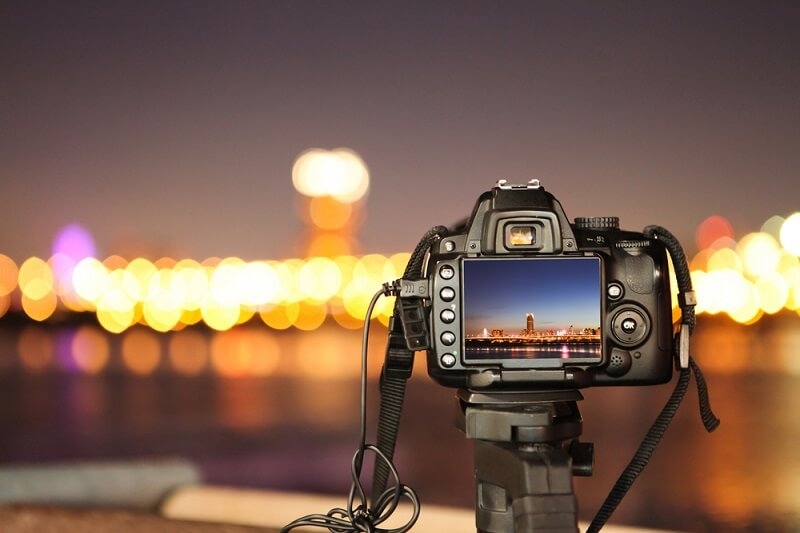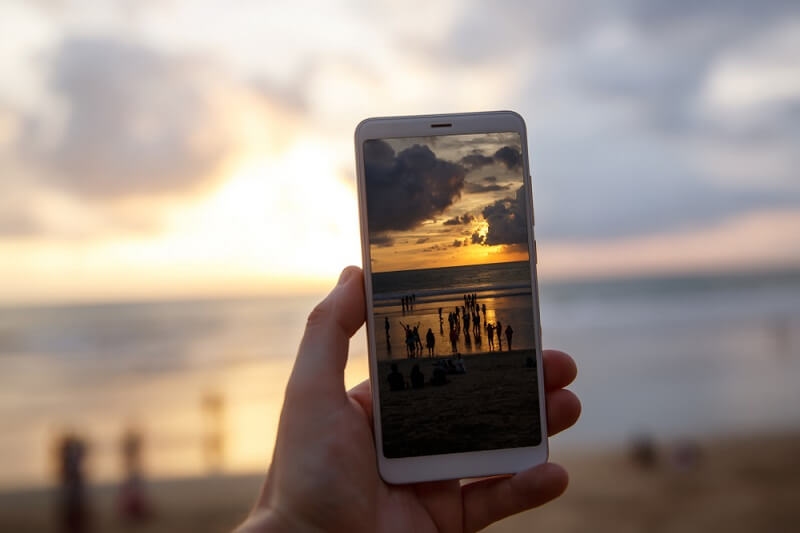
Learning the tips of natural light photography is essential for beginner and intermediate photographers. Knowing how to use light can transform ordinary scenes into stunning photos that require no artificial light. When you learn how to utilize the sun in photography and all the aspects of outdoor photography, you will be able to capture unforgettable moments, as well as photos that feel free, natural, vibrant, and authentic, rather than fake or messy.
Natural light has a profound impact on every aspect of a photo, from mood to texture to depth of color. Whether you are shooting portraits, landscapes, or street photography, using natural light and understanding how it reacts to your subject is vital. These tips and tricks we share will guide you through golden hour photography, natural light portrait photography, and essential lighting techniques for non-photography settings, enabling you to create beautiful imagery from all your outdoor photography locations.
In natural light photography, the sun is your strongest ally. Get creative with the sun, and it can transform the shots you take.
Some effective methods for using sunlight for photographs:
As newcomers explore varying sunlight conditions on subjects, their images will become less ordinary and much more appealing, without the use of electronic flash lighting or studio flash.

Outdoor lighting techniques are an essential component of natural light photography tips. The light changes throughout the day, and knowing how to work with it can create dramatic effects.
Some outdoor lighting techniques to try include:
By experimenting with these techniques, beginners can learn how to anticipate light conditions and create images that have a sense of feeling and clarity.
Golden hour photography is popular with both professionals and amateurs. The golden hour is the time right after sunrise and just before sunset, characterized by warm, soft light that naturally accentuates textures and colors.
Things to remember about golden hour photography:
The golden hour provides an ideal time for landscape and daylight portraits, adding warmth to your image that is hard to imitate post-editing.
Taking daylight portraits can be challenging if the sun is bright, but with the proper techniques, you can capture natural light portraits that are flattering and beautiful.
Some tips for taking lovely portraits in daylight:
Using these strategies can enable beginners to produce professional-quality portraits in natural environments without the need for studio lighting.
If you're new to photography, learning about light is essential for beginners. Understanding simple concepts is the starting point, and you can develop your skills as you experiment with more advanced techniques. For beginner-friendly lighting tips:
If beginners can focus on these fundamental concepts, they will build confidence and develop a solid understanding of natural light and its principles.
In natural light photography, getting the exposure right is very important. Studio lighting is fixed and can be controlled easily, whereas outdoor lighting is constantly changing, requiring frequent adjustments.
Exposure tips:
Ultimately, balancing all these settings will help beginners ensure they capture clarity, color, and detail properly in every shot.
After you’ve learned the basics, consider trying some creative natural light photography tips to help your photographs stand out.
After beginners experiment with these creative aspects, they will establish their own photo style and gain a great deal of understanding of the various lighting techniques used outdoors.
Natural light is free to use. But these few basic tools can help you control light and enhance your photos:
Using these tools can shape a photographer's natural light setup while giving beginners the experience of creating with light, all while maintaining the integrity of their subject matter.
Even with natural light photography tips, beginners can face challenges. Knowing common mistakes helps avoid frustration and improve results:
Awareness of these mistakes encourages better planning and more consistent, high-quality shots.
To master the use of sunlight in photography, practice regularly and experiment with various times, angles, and locations.
By observing and adapting to natural light, beginners develop intuition and creativity that improve every photo.
Mastering natural light photography tips helps you create stunning images with minimal equipment. By utilizing sunlight in photography, practicing outdoor lighting techniques, leveraging the golden hour, and capturing daylight portraits, beginners can refine their skills, achieve professional-quality results, and enjoy the creative freedom of shooting in natural light.
This content was created by AI